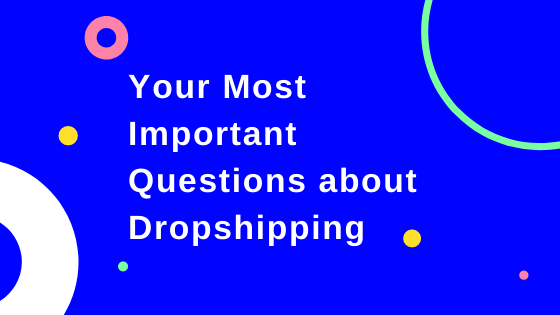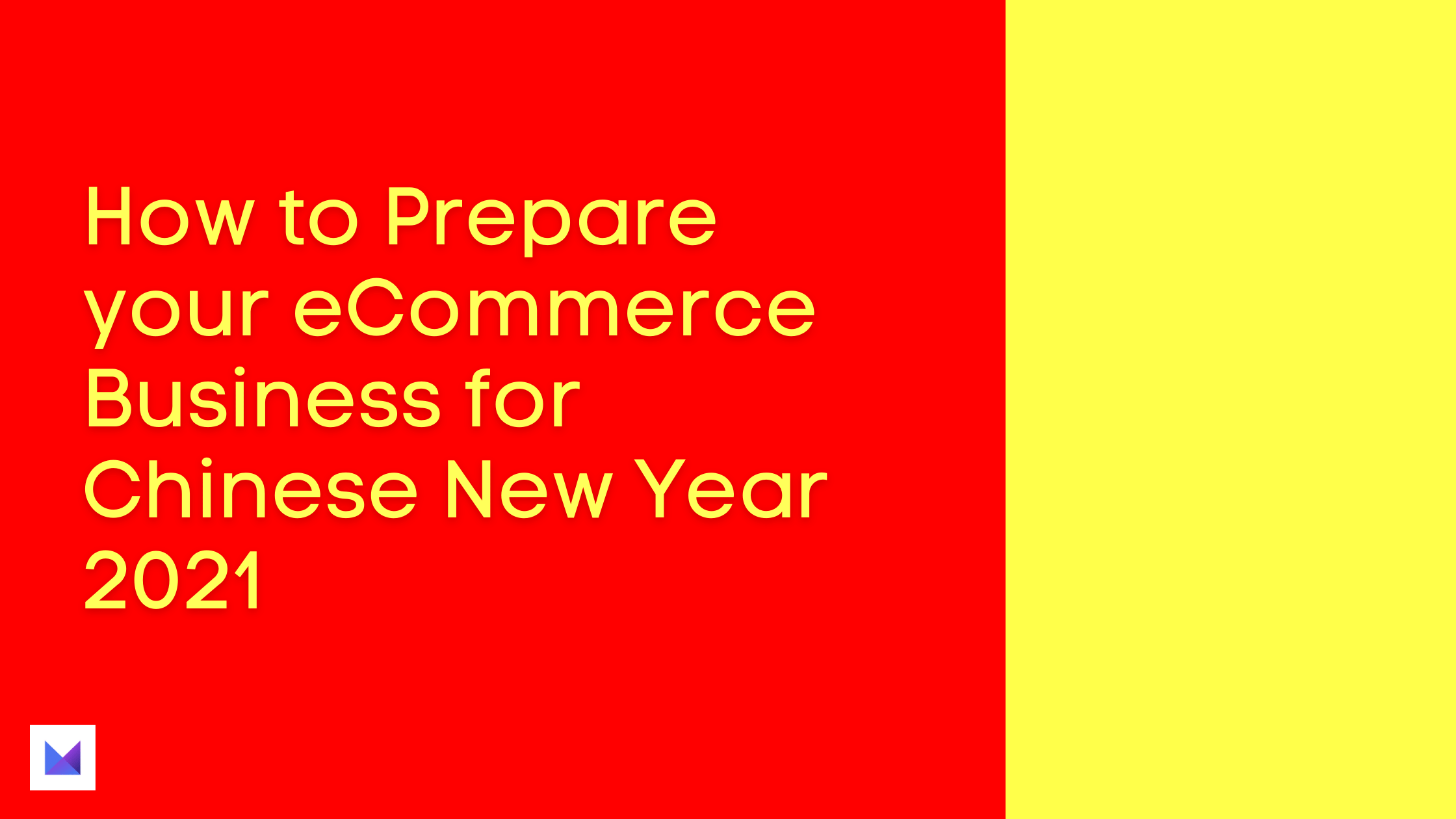Starting a dropshipping business is one of the first steps for budding entrepreneurs because it’s an easy way to enter the online commerce sector.
While the principle of dropshipping is simple — you don’t need to pay for inventory before selling it — many people are confused about many aspects of starting an online dropshipping store.
If you’re interested in the dropshipping business model and are tinkering with the idea of running your eCommerce business without any significant startup capital, this dropshipping FAQ will answer all the questions you might have about this popular business model.
Dropshipping for Beginners FAQs
1. What is dropshipping and how does it work?
2. What are the benefits of dropshipping?
4. Is dropshipping a profitable business model?
5. Is it necessary to have a registered business for dropshipping?
6. How much money can you make dropshipping?
7. What are some common issues with dropshipping?
8. Is fraud something to worry about with dropshipping?
9. How to make sure the dropshipping products customers order are in stock?
10. How to find dropshipping suppliers?
11. Why start dropshipping with Modalyst?
12. What kind of products are available through Modalyst?
13. What are the main benefits of using Modalyst for dropshipping?
14. What platforms does Modalyst integrate with?
15. How much does it cost to start dropshipping with Modalyst?
16. Is Modalyst customer support good?
1. What is Dropshipping and how does it Work?
To put it simply, dropshipping is a business model that doesn’t require a store to keep the products it sells in stock. Instead, the online retailer purchases the products from a third party supplier and has it shipped to the customer, but only after the customer has made a purchase. This means that the store owner never handles the actual product.
The dropshipping business model works based on having a low start-up cost, and it eliminates the risks and costs of holding inventory completely. This doesn’t mean that it’s an easy business to succeed in, as it still requires day-to-day management. It is definitely not a get-rich-quick scheme, but it can be quite profitable with hard work.
Drop shipping comes with lots of challenges as well, ranging from dealing with stocks to screening orders to avoid credit card fraud, but overall, it’s one of the easiest ways to launch an ecommerce store that can become profitable over time.
2. What are the Benefits of Dropshipping?
One of the key benefits of drop shipping is that the store owner doesn’t have to pay for the product until the customer pays, which means that they don’t risk buying products that won’t sell. Because of the low investment required to start a dropshipping business, this is a business model suitable for novices who want to run their own online store.
Another benefit of drop shipping is that the seller doesn’t get involved with the physical process of packaging and shipping products. That is one of the most tedious parts of selling products online, but sellers essentially outsource it to someone else. Dropshipping companies are more often than not large companies that deal with thousands of orders a day, which means they have negotiated shipping rates that are much lower than a small seller can get.
3. Is Dropshipping Legal?
Yes, dropshipping is a completely legal business, but there are, of course several elements you need to take account before starting. It’s crucial to pick a reliable supplier, as you would be liable for sales if the supplier sells a counterfeit product. Those who are dropshipping on Amazon or eBay risk having their accounts banned for selling counterfeit products, and it’s very difficult, if not impossible, to recover from that.
Many people ask if they need to inform the buyers that they are doing dropshipping. The answer is no — there is no legal requirement to do so, as long as the customer receives the product as described. Dropshipping is perfectly legal, and by choosing to work only with reputable suppliers, sellers can avoid possibly emerging issues.
4. Is Dropshipping a Profitable Business Model?
Digital entrepreneurs often ask whether dropshipping is still a profitable business in 2020. It is still possible to earn a decent income from dropshipping, but sellers should keep in mind that it’s not generally possible to make lots of money in a short period. For dropshipping to be profitable, sellers need to invest time, money, and effort. As a rule of thumb, focusing on a profitable niche can make a new dropshipping store successful quicker.
5. Is it Necessary to Have a Registered Business for Dropshipping?
This depends on the country where you live, but generally, you do need to register your business once you start making sales. Most payment providers, including PayPal, require proof of a registered company once you start making consistent sales. The rules for obtaining business licenses vary from one country to another. In the U.S., for example, the process is rather straightforward, and you can do everything online.
6. How Much Money Can You Make Dropshipping?
This is not a question with a straightforward answer, as it all depends on the niche you pick, the number of visitors you can drive to your website, and your profit margin. The good news is that there are no limits on profits when dropshipping, with some sellers making full-time incomes and others managing to earn six-figure incomes from dropshipping.
7. What Are Some Common Issues with Dropshipping?
Since retailers have no control over stocks and shipments, problems are bound to arise with the dropshipping process. Some of the most common issues are related to items being out of stock, delays with the processing of orders, wrong item or quantity sent to the customer, and items arriving damaged.
Most of these issues are the same regular online stores with their own stocks have, but when you’re dropshipping, handling them is often more difficult. To protect your business and solve any issues for your customers in a timely manner, it’s essential to keep good records of all orders, shipping addresses, and learn everything there is to know about your dropshipper’s return policies. It’s also a good idea to offer customers discounts for future orders when a mistake occurred with their order.
8. Is Fraud Something to Worry About with Dropshipping?
As with any online business, credit card fraud is just part of life, and the dropshipping business is not different. The good news is that there are lots of ways to protect a business with basic security measures and, as such, reduce the risk of fraud considerably. Using a gateway service for card processing is always recommended, as this allows the verification of the billing address of the customer so it matches the one on file with the bank. Screening orders with different billing and shipping addresses is another important step to protect against fraud, especially in the case of very large orders.
9. How to Make Sure the Products Customers Order are in Stock?
Stocks are one of the major challenges of dropshipping, as it is rather difficult to determine if a product is available without actually having access to stock information in a warehouse. Ordering a product only to find out later it is not actually available makes for a very poor customer experience, and it’s not something that bodes well for any business.
The good news is that sellers who choose to work with reputable dropshippers often have access to real-time inventory feeds. These make it easy to sync the products on the website with the actual stocks available in the warehouses of the dropshipper. If that is not possible, the second-best strategy is to work with multiple suppliers who can provide the same products. As such, if a product is not available in the warehouse of one supplier, chances are the second one will have it. This is not a fail-proof method, but it reduces the chances of having disappointed customers.
10. How to Find Dropshipping Suppliers?
One of the most important steps to growing a successful dropshipping business is finding reputable drop ship suppliers. While there are thousands of drop shipping suppliers out there, it’s actually not that easy to find certified ones that are not going to cause too much trouble when it comes to fulfilling orders and accepting returns.
To find the right supplier for a business, it’s essential to understand the distribution channels for the particular dropshipping industry you’re interested in. The main types of wholesalers used for dropshipping include manufacturers, importers and exclusive distributors, and regional wholesalers.
Those who are just starting may want to look at smaller retailers. Still, it’s also possible to make a good profit by using a bigger wholesaler such as AliExpress from the beginning. No matter which route you choose, it’s always a good idea to get in touch with manufacturers directly for a list of distributors they prefer to work with.
11. Why Start a Dropshipping Business with Modalyst?
Modalyst is a classic dropshipping service that both beginners and seasoned sellers can use to connect with verified suppliers. The role of the platform is to route orders automatically and notify suppliers about incoming orders. This means that the process is automated as much as possible, and Modalyst also facilitates the communication between the seller and the supplier.
12. What Kinds of Products are Available Through Modalyst?
The product choice is one of the main strengths of Modalyst, and some of the products available through the platform include shoes, apparel, bags, furniture, electronics, and many others. The platform has a focus on U.S. and European-based suppliers, but also connects business owners to millions of dropship products on AliExpress through its official partnership with Alibaba. No matter what your dropshipping business idea, Modalyst has a wide range of products to make it a reality.
Modalyst is also a goldmine for retailers looking for on-trend products and the best dropshipping products for their store. The platform features a catalog of tens of thousands of trendy fashion products that are guaranteed to reach customers in the U.S. within a week. Products in this section are stored in warehouses in the U.S. and Europe, and they are ready for immediate shipping.
A wide selection of luxury products is also available at wholesale pricing, so ecommerce businesses in this niche can benefit from fast shipping of up to four business to the U.S. and quick worldwide shipping as well.
13. What Are the Main Benefits of Using Modalyst for Dropshipping?
Besides the wide range of products available via Modalyst, there are several other benefits of using this platform. Modalyst is the perfect choice for online retailers who want to target European and American clients because of the quick delivery times.
Dropshipping platforms that work with Chinese suppliers may have shipping times of up to eight weeks, and sometimes they use non-trackable shipments. As such, it’s difficult for store owners to know if the client has actually received the products. With Modalyst, the fast shipping times and tracked shipments mean that if something goes wrong, the clients don’t have to wait for another month for their returns to be processed.
14. What Platforms Does Modalyst Integrate With?
Modalyst integrates with all major e-commerce platforms, including Shopify, Wix, and BigCommerce. Users automate most aspects of the business, from inventory data and orders to customer notifications about the status of their order. Modalyst connects directly to the user’s store, and with the dedicated Shopify App, Wix App and BigCommerce App, it allows users to add products to the store with just one click. This makes it easy for anyone with an ecommerce business to start dropshipping.
15. How Much Does It Cost to Start Dropshipping With Modalyst?
There are three different pricing plans available, and each of them has both monthly and yearly options. Users can easily start their dropshipping adventure for free by opting for the Hobby Plan, which is $0/month, and allows users to add 25 products to their store. There is a 5% transaction fee in place on the value of the orders.
Sellers who need to add more products may opt for the Start-up Plan, which has the same 5% transaction fee but allows users to add 250 products to their store. The price of this intermediate plan is $35/month.
Finally, sellers who want to go all-in may opt for the Pro Plan, which costs $90/month and lets users add unlimited products from all marketplaces to their stores.
16. Is Modalyst Customer Support Good?
Modalyst offers users a comprehensive FAQ section, and users can easily find answers to most of their questions about the platform via the help center. All the help sections on the website are easy to understand, and it only takes a couple of clicks to find the answer to most questions.
If the question is more specific and not addressed in the help center, users can get live chat support, which is available seven days a week from 8 a.m. to 6 p.m. EST, or send an email. Most emails get an answer within 24 hours.
If you’re planning a dropshipping store, you need to be as informed as possible to succeed. The answers to the most asked dropshipping questions above can help you get started with your dropshipping business. Avoiding dropshipping problems is not always easy, particularly as a beginner, but being well-informed is the first step to success.

















